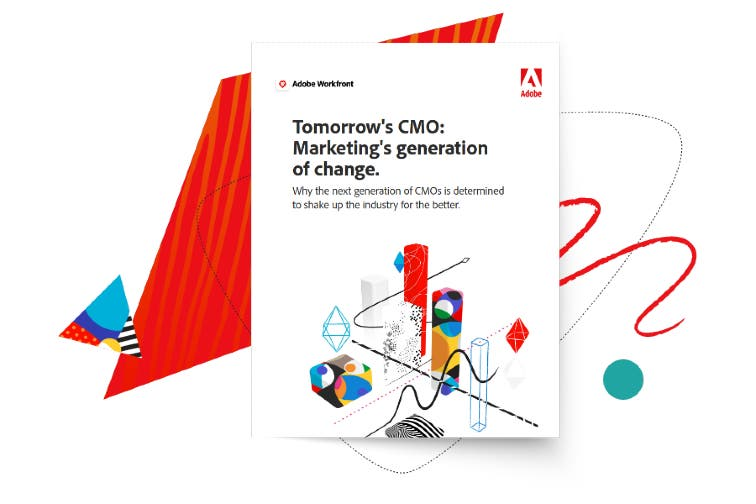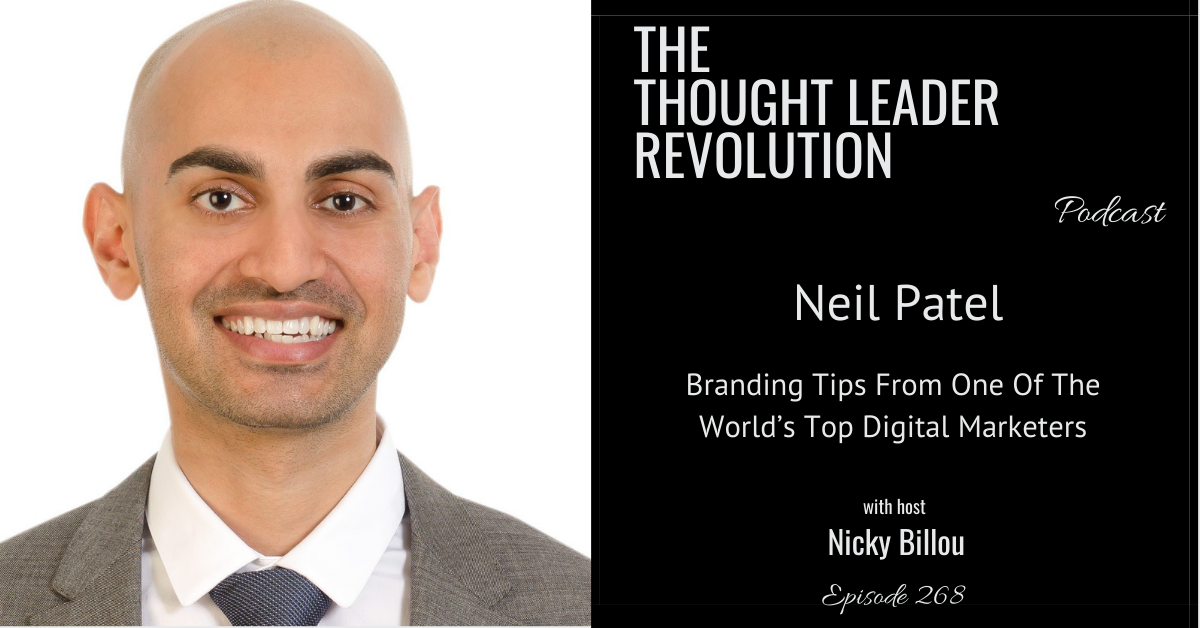The Power of Thought Leadership: Elevating Demand Generation Through Content Marketing

In the fast-paced and ever-evolving world of marketing, thought leadership marketing has emerged as a powerful tool for driving demand and revenue. It goes beyond traditional marketing tactics, relying on the expertise, knowledge, and insights of industry leaders to attract and engage audiences. However, there is often a disconnect between the expectations of content creators and the perceptions of their recipients.
This article aims to bridge that gap by exploring real-life examples that demonstrate the true power of thought leadership in demand generation. From revenue growth to lead generation and nurturing prospects, these examples will showcase how thought leadership can revolutionize content marketing strategies.
The Impact of Thought Leadership on Revenue Generation
When it comes to revenue generation, thought leadership has proven to be a game-changer. It surpasses creators’ expectations by not only attracting prospects but also by establishing a brand’s authority in the industry. One such example is HubSpot’s “Inbound Marketing” approach, which positioned them as pioneers in their field.
By providing valuable insights through thought leadership content, HubSpot attracted a wave of prospects eager to learn from industry experts. This influx of interested individuals eventually translated into a staggering 300% increase in revenue within just three years.

The secret behind HubSpot’s success lies in its ability to establish trust with its target audience. By positioning themselves as thought leaders who genuinely care about solving their customers’ pain points, they were able to generate substantial business growth.
This example showcases the transformative power of thought leadership content in driving revenue. It’s not just about promoting products or services; it’s about providing valuable insights, building trust, and positioning oneself as an industry expert. By doing so, brands can attract a loyal following that is more likely to convert into paying customers.
The Interplay Between Branding and Demand Generation
The misconception that branding and demand generation are separate entities often prevails in the marketing world. However, thought leadership content has the power to bridge this gap, creating a harmonious interplay between the two.
Take Salesforce’s “Trailhead” platform, for example. By offering educational resources and positioning themselves as experts in the industry, Salesforce not only strengthened its brand but also generated leads from engaged learners.

This strategic combination of branding and demand generation allows companies to build trust with potential customers while simultaneously generating qualified leads. When businesses position themselves as thought leaders, they establish credibility and expertise in their respective fields. This sense of authority creates a lasting impression on prospects, boosting engagement and retention rates.
Leveraging Thought Leadership for Lead Generation
Thought leadership is not just about providing valuable insights; it is also a powerful tool for driving lead generation through content marketing. Moz’s Whiteboard Friday series serves as a prime example of how thought leadership can significantly impact lead-generation efforts. By consistently delivering SEO insights to its audience, Moz established itself as a thought leader in the industry, resulting in a 67% increase in monthly blog subscriptions.

The key to leveraging thought leadership for lead generation lies in providing consistent and valuable content that resonates with your target audience. When you position yourself as a trusted source of expertise, prospects are more likely to engage with your brand and convert into leads.
Nurturing Prospects with Thought Leadership Content
In the realm of demand generation, nurturing prospects is essential for converting them into loyal customers. This is where thought leadership content comes into play. By providing valuable insights and establishing credibility, thought leadership nurtures prospects throughout their buyer’s journey.
Take Adobe, for example. Their platform, CMO.com, offers industry insights and thought leadership articles that cater to their target audience—marketers. By consistently delivering high-quality content, Adobe has built trust with potential customers. This thought leadership content creates a sense of credibility and expertise, resulting in increased engagement and conversion rates.

Through its thought leadership efforts, Adobe has positioned itself as a trusted advisor in the marketing space. Prospects who engage with their content are more likely to see Adobe as the go-to solution provider when they encounter a marketing challenge. By nurturing prospects with thought leadership content, Adobe has successfully transformed interested leads into paying customers.
Thought Leadership as a Differentiator in Competitive Markets
In today’s saturated marketplace, standing out from competitors is crucial. Thought leadership provides an effective way to differentiate oneself and carve out a unique position.
Consider Neil Patel, a renowned marketing expert known for his blog and consulting business. Through his thought leadership efforts, Neil established himself as a go-to authority in the field of marketing. With his insightful articles and actionable advice, he attracted a massive following and generated leads for his consulting services.

In crowded markets, thought leadership marketing can help companies break through the noise and establish themselves as trusted experts. By consistently sharing valuable knowledge and offering unique perspectives, businesses can set themselves apart from competitors who rely solely on traditional marketing tactics.
Being perceived as a thought leader gives companies a competitive advantage—customers gravitate towards those who provide valuable insights and innovative solutions. Thought leadership not only attracts potential customers but also fosters trust and long-term loyalty.
Amplifying Demand Generation through Thought Leadership Collaboration
Today, collaboration has become a key strategy for thought leaders to amplify their reach and impact. By joining forces with other industry experts, thought leaders can create a powerful network of influence that drives demand generation.
A prime example of thought leadership collaboration is the Content Marketing Institute’s annual conference. This event brings together top minds in the industry to exchange ideas, share insights, and create new business opportunities. By collaborating with other thought leaders, the Content Marketing Institute has established itself as a go-to resource for marketers seeking valuable knowledge and expertise. This collaboration not only expands their reach but also facilitates knowledge-sharing among industry professionals.

Another avenue where thought leaders can harness the power of collaboration is through strategic partnerships and co-creation of content. By teaming up with complementary experts or brands, thought leaders can combine their knowledge and resources to create compelling content that attracts and engages their target audience. This collaborative approach not only strengthens their thought leadership position but also generates new leads and opportunities.
Collaboration also extends to guest blogging or podcast appearances, where thought leaders contribute their unique perspectives to established platforms. By leveraging the existing audience of these platforms, thought leaders can gain exposure to a wider audience and generate interest in their own brands and offerings.
Harnessing Social Media for Thought Leadership and Demand Generation
Social media has revolutionized the way individuals connect, communicate, and consume information. For thought leaders, harnessing the power of social media is crucial for establishing authority, building a loyal following, and driving demand generation.
One notable example of using social media for thought leadership is Gary Vaynerchuk, commonly known as GaryVee. With his strategic use of platforms like Twitter, LinkedIn, and YouTube, Gary has built a massive following by sharing his expertise on entrepreneurship and marketing. His engaging and informative content has positioned him as an influential thought leader, leading to increased brand recognition and demand for his services.

Social media platforms offer a unique opportunity for thought leadership marketing and thought leaders to directly engage with their audience, share valuable insights, and address their pain points. Through regular posting, thought leaders can establish a consistent presence that keeps their audience informed and engaged. This engagement not only strengthens their thought leadership position but also fosters a sense of community, leading to increased brand loyalty and word-of-mouth referrals.
Additionally, social media provides a platform for thought leaders to amplify their content through shares, likes, and retweets. By creating shareable content that resonates with their target audience, thought leaders can expand their reach exponentially as followers share their insights with their own networks.
Conclusion
The power of thought leadership in elevating demand generation through content marketing cannot be overstated. Throughout this article, we have explored the profound impact that thought leadership has on revenue generation, branding, lead generation, prospect nurturing, differentiation in competitive markets, collaboration with other industry leaders, and harnessing the potential of social media.
To truly succeed in today’s digital age, marketers must embrace thought leadership content as a strategic tool. By establishing authority and credibility through valuable insights and expertise, businesses can attract prospects, nurture relationships throughout the buyer’s journey, and differentiate themselves in competitive markets. Thought leadership also presents opportunities for collaboration and networking with other industry leaders while harnessing the amplifying power of social media to reach larger audiences.
Looking for high-quality and well-optimized AI+human-led demand generation thought leadership content? Don’t forget to check out Pepper Content’s writing services.
Latest Blogs
Explore how Google’s 2025 AI search updates triggered ranking chaos. Learn actionable strategies to adapt your SEO for AI Overviews, zero-click searches, and SERP volatility. Stay ahead now.
Learn how to rank on AI search engines like ChatGPT, Perplexity, and Gemini by optimizing your content for authority, structure, and relevance. Stay ahead in AI-driven search with this strategic guide.
Explore the best healthcare SEO services for your medical practice. Improve online visibility and effectively reach more patients in need of your services.
Get your hands on the latest news!
Similar Posts

Content Strategy
5 mins read
Choosing The Best Healthcare Marketing Agency For Effective Content Solutions

Content Marketing
4 mins read
Top 10 Agencies B2B SaaS Content Marketing for B2B Success

B2C Marketing
5 mins read